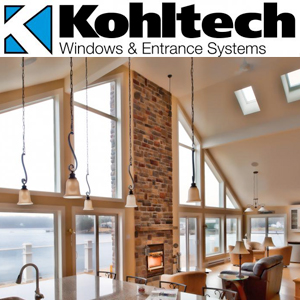uPVC Frame Windows
PVC (polyvinyl chloride) is the workhorse of window frames in North America. It accounts for the vast majority of residential window frames. It can be found in windows of every price range.
Although it's popular, PVC offends some. Some object to PVC’s environmental footprint (although it is essentially salt, the manufacturing process includes chlorine). Others tire of the ubiquitous white frames, but many colors are available.
The fundamental fact to keep in mind is that not all PVC is the same. Most North American PVC contains “plasticizers,” substances that keep the PVC relatively soft so that it will not crack under the stress and strain of being installed in a wall that expands and contracts depending on temperature, humidity, and many other factors.
PVC without plasticizers is known as uPVC (unplasticized). uPVC is a hard, strong, and durable material, especially when a window frame contains several (or more) channels. A side benefit of these “multi-channel” frames is that air, confined in small spaces, is a good insulator. Thus, multi-channel uPVC frames are relatively light, strong, and durable. And for additional resistance to conduction, some manufacturers fill some or all of the channels with EPS (expanded polystyrene insulation or “styrofoam”).

